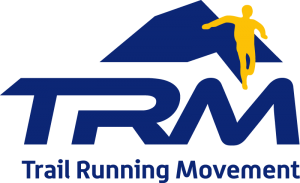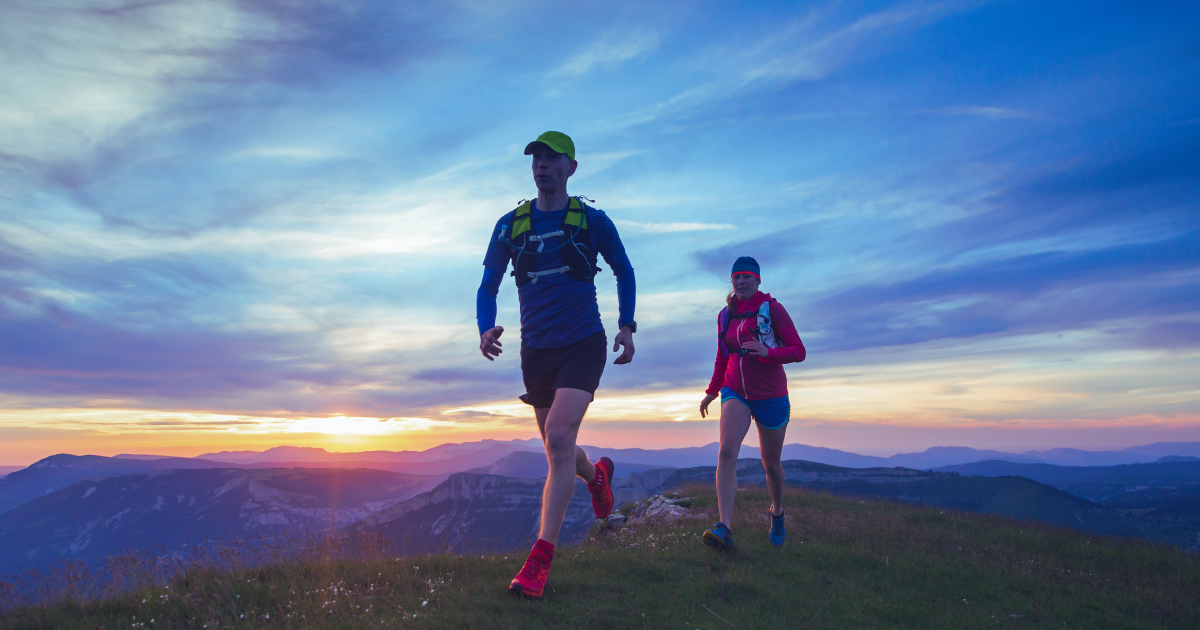
10 PRACTICAL TIPS FOR TRAIL RUNNING TRAINING AND RACING: THE COMPLETE GUIDE 2024
The Trail Running Training Guide: 10 Tips to increase Performance
Introduction
Preparations for trail running races demand endurance, strength, agility, and comprehensive training typically associated with outdoor and mountain sports. In this article, we will explore ten practical tips to enhance your trail running training and participation in races, suitable for both beginners and experienced athletes. Additionally, we will highlight common mistakes to avoid to maximize enjoyment and performance. Read the complete guide for 2023 to prepare yourself for the most challenging races, spanning up to 330 kilometers.
1. Building a Solid Aerobic Base for Trail Running 
To become a proficient trail runner, developing a solid aerobic base is essential. Training should include moderate-intensity, long-duration sessions involving rough terrain and steep climbs. Flat terrain running, mountain fast-paced walks, cycling, and trekking are excellent options to build your aerobic foundation.
2. Leg Strengthening Exercises 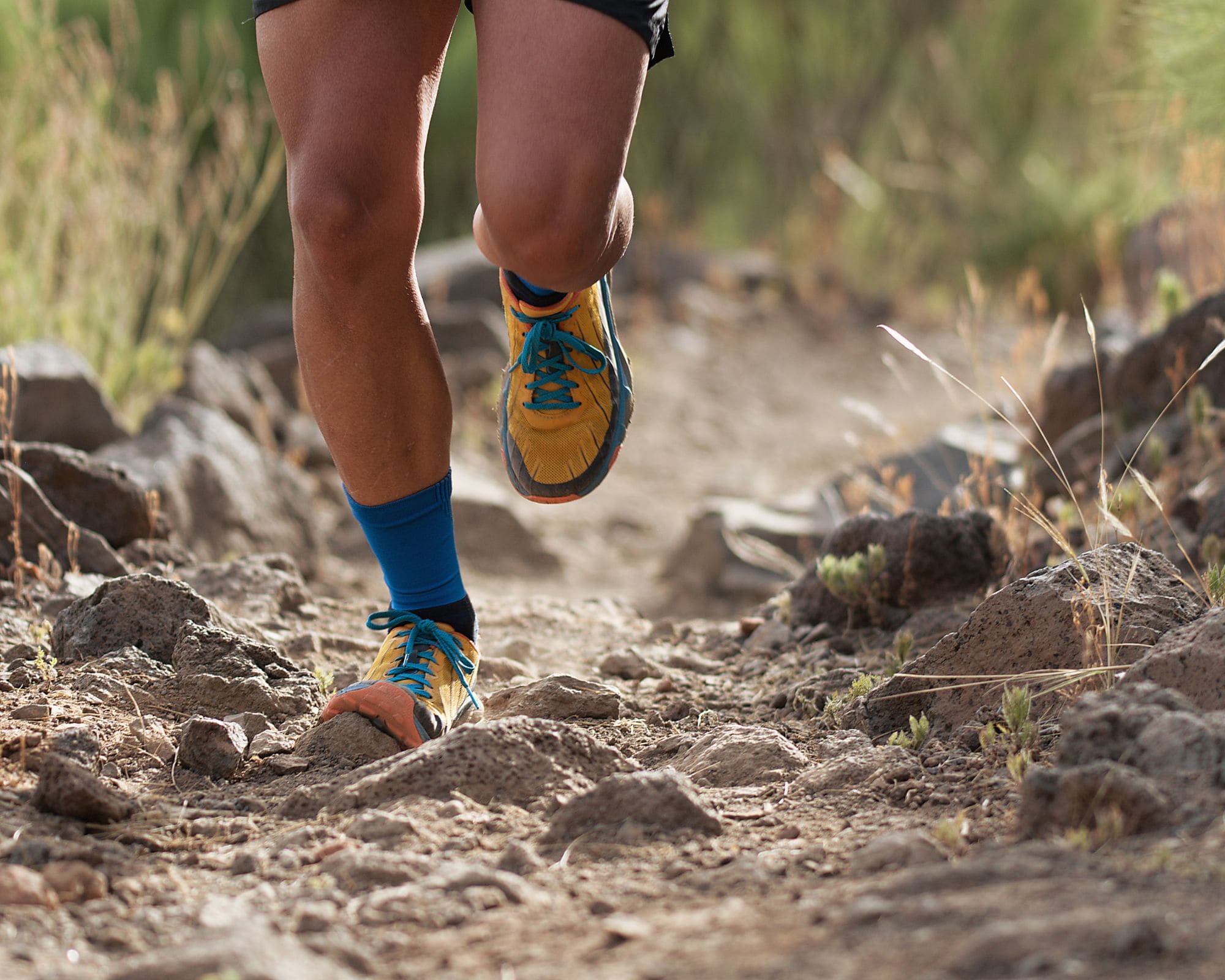
Trail running demands significant leg strength to tackle uphill climbs and long distances. Focus on strengthening exercises like squats, lunges, calf raises, and vertical jumps. Include stability exercises like lateral lunges and single-leg squats. Advanced options like stair climbs, uphill sprints, and loaded climbs can enhance specific strength needed for uphill challenges.
Have a look at the article about MICRO-CIRCUITS SESSIONS FOR TRAIL RUNNERS
3. Agility and Balance Training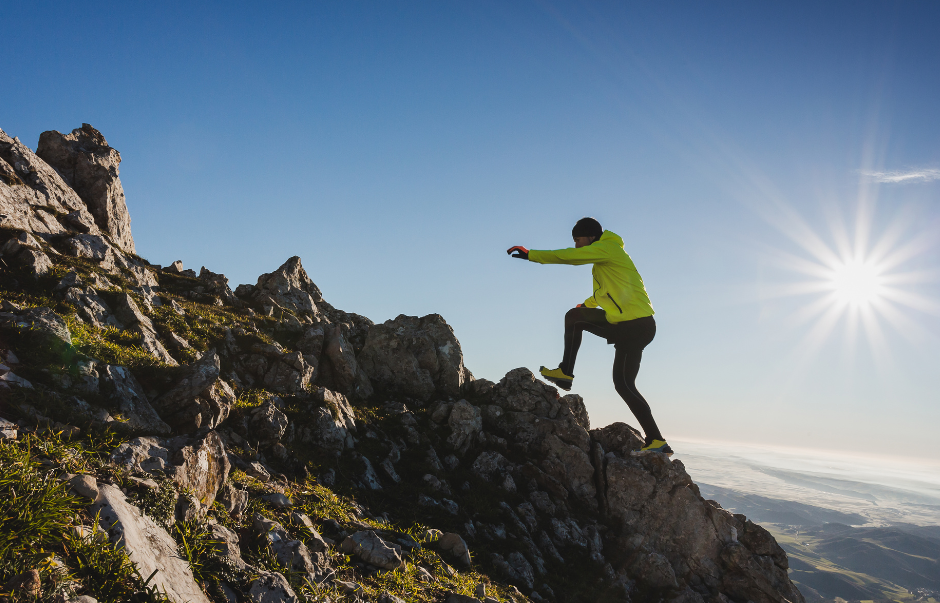
To handle obstacles encountered in trail running races, agility and balance training are vital. Incorporate exercises like forward jumps, walking on a continuous line on the grass, and maintaining balance on one leg. More advanced exercises such as side-to-side jumps and stationary running can further improve your agility and balance capabilities.
FIND OUT MORE ABOUT DEDICATED EXERCISES
4. Training on Mountainous Terrain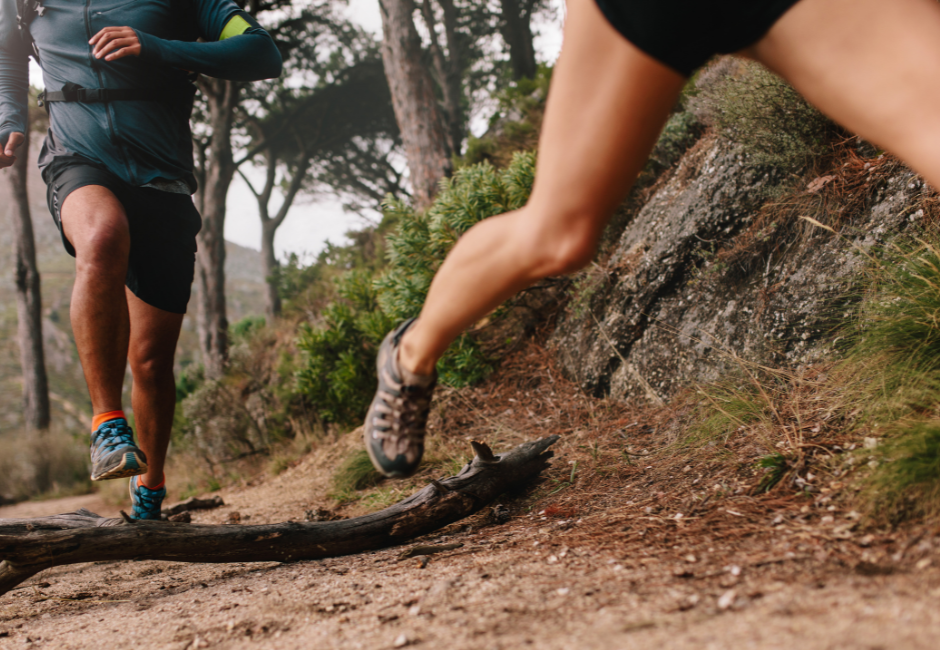
Practicing running on rough terrains is essential for trail running. Begin with simpler routes and gradually increase the difficulty. Pay attention to running technique, maintain an upright posture, slightly bend your knees, and align your steps for better balance. This is particularly crucial during nighttime running, where concentration and responsiveness are essential.
More tips about running at night HERE
5. Increasing Distances: endurance trail running 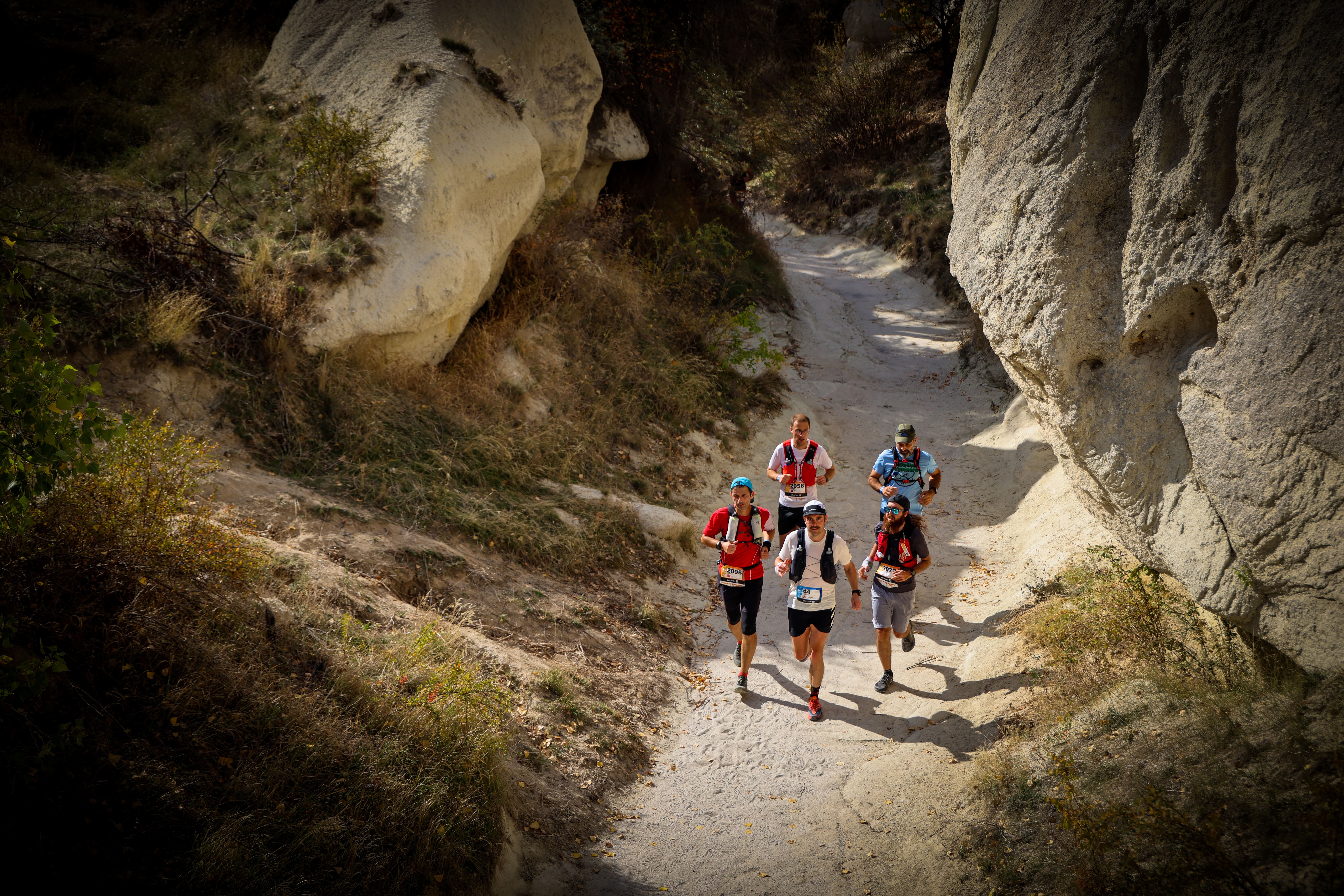
As with any sports training, gradual increment of distance, elevation gain, and overall difficulty is essential in trail running. However, be cautious not to push your body beyond its limits, as overexertion can lead to injuries or long-term demotivation.
-
Training for Medium and Long Distances
Start with shorter and easier routes, then progressively increase distance and difficulty. Aim to increase the distance by approximately 10% each week and run more frequently on uneven and challenging terrains as your body adapts to the new conditions. Trail Running Movement recommends a gradual distance increase plan over several years to build proper physical resistance:
1st year: 0 to 45 km (Short Trails)
2nd year: 45 km to 80 km (Medium Trails)
3rd year: 80 km to 120 km (Long Trails)
4th year: 120 km to 167 km (Ultra Trail Running)
5th year: 167 km to 330 km (Endurance Trail Running)
6th year: 330 km to even longer distances (Extreme Ultra Trail Running)
This progression ensures not only the development of proper physical endurance but also the necessary experience to manage various challenges that arise with longer distances.
Read detailed advise in this article: 10 TIPS TO RUN LONG DISTANCES
-
Complementary Preparation for Long Distances
Apart from specific training programs for each distance, Trail Running Movement offers additional athletic preparation services to overcome and conquer these challenges effectively.
As distances increase, you must address other aspects, such as:
Race nutrition: TRM Nutrition Competition
Injury prevention and management: TRM Injury Prevention
Mental strength preparation: TRM Mental Strength
These services are dedicated to experienced trail runners with at least 2-3 years of experience in the field.
6. Physical Endurance in Trail Running 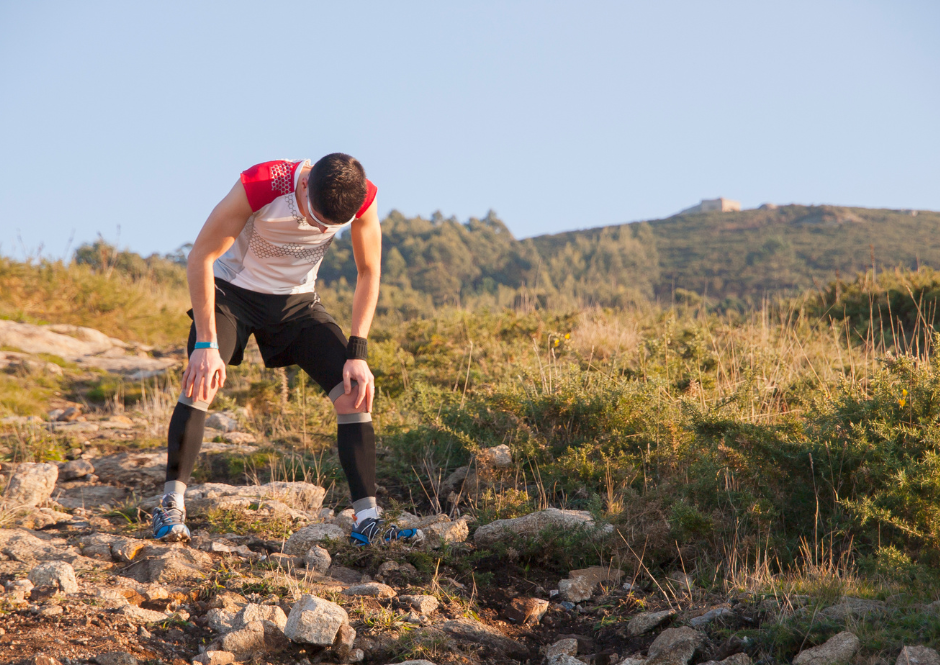
In trail running, especially in ultra and endurance trail races, improving physical endurance is vital to achieve peak performance and reduce the risk of injuries. To enhance physical endurance for an ultra trail race, follow a specific training program that includes various physical exercises and nature management, such as:
- Running on rough and challenging terrains
- Uphill and downhill running
- Aerobic and anaerobic training
- Strength and muscular flexibility training
- Proper diet and hydration to provide adequate nutrients and maintain body fluid balance
Remember, it is essential to plan the training loads progressively and gradually to avoid excessive strain on the body and the risk of physical problems or injuries that could compromise the entire season. Additionally, consistently monitor your performance, adapting the training based on the progress achieved.
Find out more about HOW TO INCREASE ENDURANCE
7. Nutrition and Recovery After Trail Running Races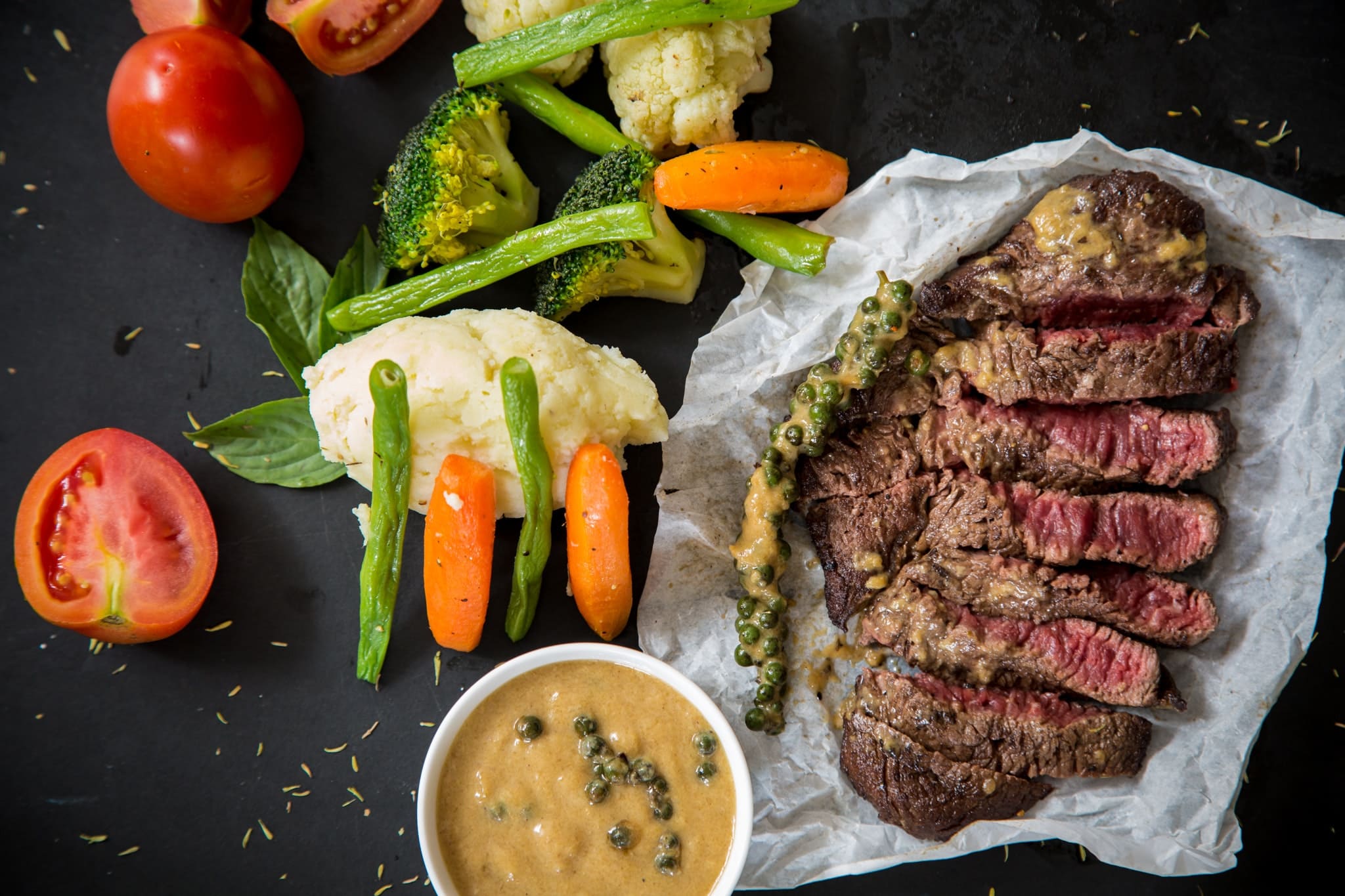
Trail running training can be physically demanding, necessitating specific dietary requirements. To ensure continuous improvement, pay attention to both daily nutrition and possible supplementary sports nutrition—commonly known as sports nutrition to manage training sessions and race recovery better.
-
Pre-training or Race Nutrition
For endurance sports, like trail running, pre-workout meals are particularly crucial. Before exercising, consume energy-rich foods that provide sufficient carbohydrates to fuel your training. If training for ultra trails, avoid heavily processed or fatty foods, as they are more suitable for power-based sports rather than endurance events.
-
Post-training or Race Nutrition
Recovery is equally crucial. Make sure to provide your body with the necessary nutrients to replenish what was consumed during training or racing, allowing sufficient time for your body to restore glycogen reserves or repair worn-out tissues.
In addition to recovery nutrition, several complementary techniques can significantly aid both physical and mental recovery, such as:
- Stretching before and after running
- Taking a cold shower or a warm bath, depending on the season
- Getting sufficient rest before and after physical exert
You will realize that all this time is not wasted but represents an investment useful for the body to express itself at its best.
Are you curious to discover HOW MUCH AN ATHLETE SHOULD SLEEP? Find out in our article.
8. Shoes, Clothing, and Equipment for Trail Running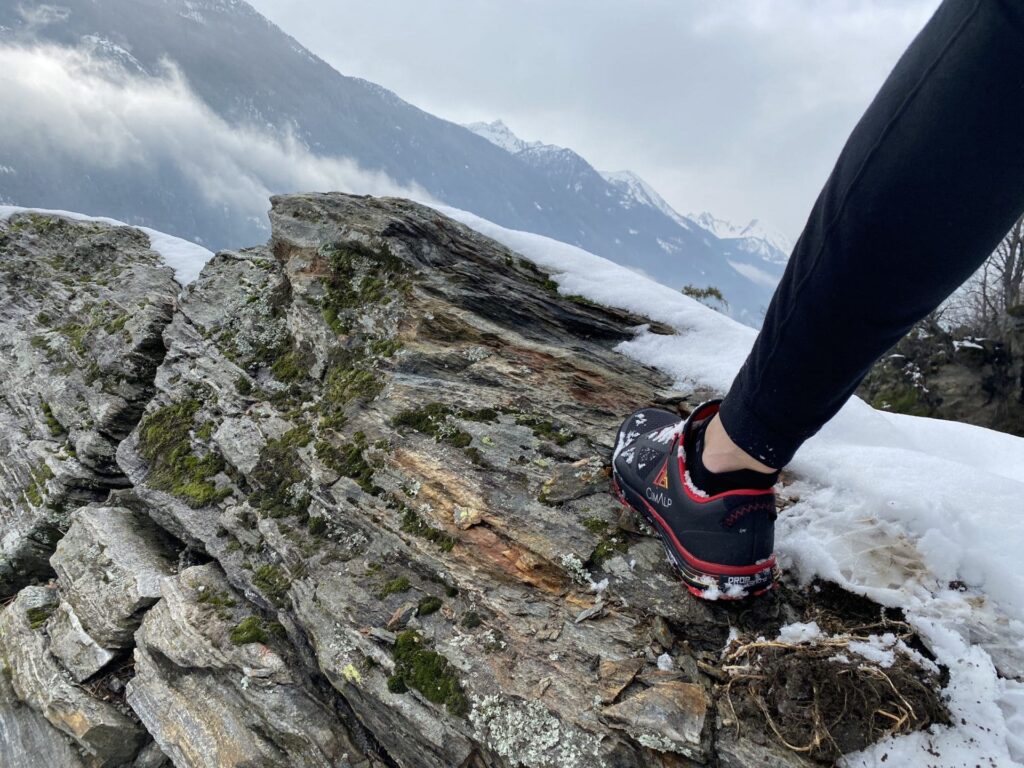
Trail running requires specific materials and a strong mental and physical foundation, making it essential to prepare well. In this guide, we provide 10 practical tips for successful trail running training and participation in races. From selecting the right shoes and clothing to developing mental resilience, these tips will help you excel in the world of trail running.
-
Shoes for Trail Running
Choosing the right trail running shoes is crucial for your performance and safety. Consider the discipline, competition, terrain, and distance when selecting your shoes. Opt for category A5 shoes that offer good grip, cushioning (important for ultra trails), comfort, protection against obstacles, and stability for downhill and technical running
Have a look at our detailed CHECK LIST TO CHOOSE YOUR PERFECT TRAIL RUNNING SHOES
-
Ideal Clothing for Trail Running
Investing in high-quality technical clothing is essential for trail running. Prioritize well-known sportswear brands suitable for harsh weather conditions and high altitudes. Opt for breathable, lightweight attire to adapt to varying weather situations. Don’t forget essential accessories like hats, arm sleeves, gloves, and sunglasses for added comfort and protection during challenging races.
-
Essential Gear for Trail Runners
As a trail runner, you’ll need specific gear to ensure your safety and performance. This includes a trail backpack to carry essential items, a headlamp for night runs, trekking poles for uphill and downhill support, and a GPS watch to track performance metrics and navigate. Always carry your cellphone for safety purposes, especially during long races.
-
Selecting the Right GPS Watch for Trail Running
Choosing the perfect GPS watch is vital for ultra and endurance trail runners. Consider brands like Garmin, Suunto, Coros, and Polar, among others. Look for features like time tracking, distance, altitude, GPS positioning, and additional performance metrics like heart rate, step cadence, VO2 max, and more. Ensure the watch’s battery life matches the duration of your races.
9. Developing Mental Resilience for Trail Running 
Ultra trail running is a sports discipline that requires great mental endurance, especially in ultra and endurance trail races (those beyond 100 km).
This capacity is also called resilience and can be developed, especially at a young age or later through specific exercises.
Resilience is a combination of determination and tenacity that allows athletes to confront stress and adversities, finding the motivation to overcome them.
-
Developing resilience in trail running
To become a resilient athlete, you must be able to face and overcome a series of obstacles that put your psycho-physical state to the test, induced by:
- Excessive fatigue and hypoglycemia
- Gastrointestinal problems or eating disorders (nausea, vomiting)
- Challenging and technical terrains with steep vertical climbs or descents, or ridgelines
- Unpredictable and challenging weather conditions: tropical heat, intense cold, snow and ice, pouring rain for hours, sudden thunderstorms with lightning, and so on
- Hallucinations and sleep deprivation
- Loss of orientation or getting off the race track
Handling these situations without panicking or becoming strongly demotivated is not always easy, especially without prior experience.
-
Mental techniques to overcome crises
To improve your mental endurance, you can practice “on-field” exercises that prepare you to face critical moments you may encounter during the race.
Some of the most effective exercises include:
- Positive visualization techniques
- Meditation and breathing exercises
- Simulations of extreme weather conditions, such as running in high heat or extreme cold
These techniques and simulations are meant to prepare your mind to perceive and respond proactively to difficulties in a rational and swift manner, avoiding negative emotional impasses that often lead to withdrawal.
Another useful psycho-physical strategy to overcome difficulties is to focus on breathing or a distant point to distract yourself from pain or fatigue.
In other cases, visualizing the finish line of the race under the finish banner works well.
10. Participating in Intermediate Trail Races 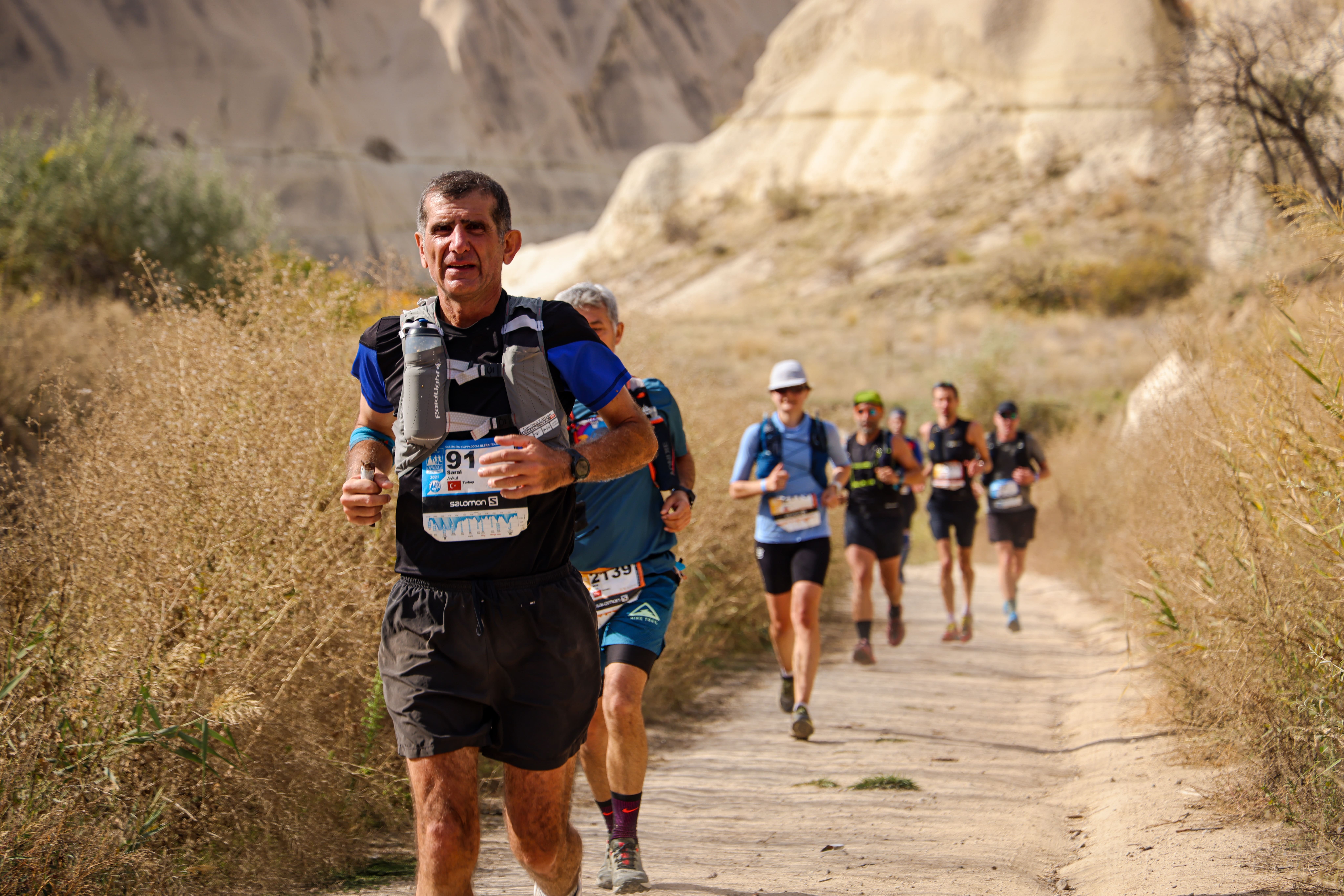
Participate in intermediate trail races as preparation for your main event of the year.
Plan your race calendar carefully, choosing shorter distances initially and gradually increasing to longer and more challenging races.
These intermediate races offer a great opportunity to evaluate your progress, test your gear, and have fun with fellow trail runners.
-
Race Calendar
The careful planning of intermediate races involves aspects such as dates, technical characteristics, distances, alternation, and workloads, all of which are organized into a race calendar.
Intermediate competitions represent an excellent opportunity to:
- Verify the acquisition of your athletic abilities in trail running.
- Scientifically assess the progress achieved in terms of athletic performance.
- Test the purchased equipment and measure them on new technical trails.
Have fun!
-
How to choose the distances of trail races?
When defining your trail race calendar, start with shorter and more accessible races, with a distance of up to 45 kilometers and a positive elevation gain (D+) within 2,000 meters.
Subsequently, you can gradually move on to longer and more challenging races, with a distance exceeding 80 kilometers and a positive elevation gain (D+) of over 5,000 meters.
Try to select races that fit your abilities and goals, and make sure to adequately prepare yourself to face each competition.
Participating in trail running races also offers the opportunity to meet other trail running enthusiasts and make new friends with people who share your passion.
Conclusion 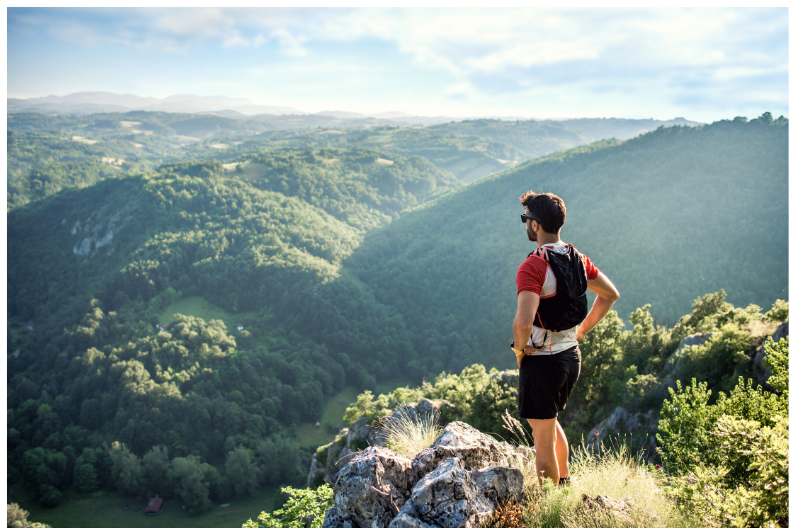
Trail running requires dedication, constant practice, and mental fortitude. With the right training, gear, and mindset, you can conquer challenging terrains and become a successful ultra trail runner.
Remember to focus on
- varying terrains,
- strength exercises,
- gradual distance increase, and
- test essential nutrition for optimal preparation.
Furthermore, do not overlook the possibility of seeking guidance from a professional trail running coach who can follow you step by step, helping you improve your performance.
Alternatively, consider enrolling in a course or a full immersion program focused on techniques to enhance your practice in the discipline, such as summer TRAIL RUNNING CAMPS.
If you want to take your trail running to the next level and receive personalized support, contact Trail Running Movement the world’s #1 online ultra trail running coach, we offer tailored training plans, individual consultations, and Trail Running Camps to prepare you for the toughest races.
Book your “Free Videocall” with one of our Coaches: trailrunningmovement@gmail.com
Join one of our Trail Running Camps, like the TOR Camps 2023: TOR CAMPS starting 25th August 1 or more days
Visit our website to discover more about our training plans and Trail Running Camps and take control of your preparation to become a successful ultra trail runner with Trail Running Movement.
allenatori trail running, best programs for trail running, endurace, endurance athletes, endurance nutrition, endurance sport nutrition, endurance trail, endurance trail running programs, Endurance Ultra Runner, endurance ultra trailer, EnduranceTrail, nutrition in trail running races, running coaches, trail running camp, TRAIL RUNNING COACHES, Trail Running Plans, trail running programs, Trail Running races, trail running shoes, Trail Running Training, trailrunning, trailrunningcamp, Training, training ultratrail, ultra trail training plans, ultratrail



